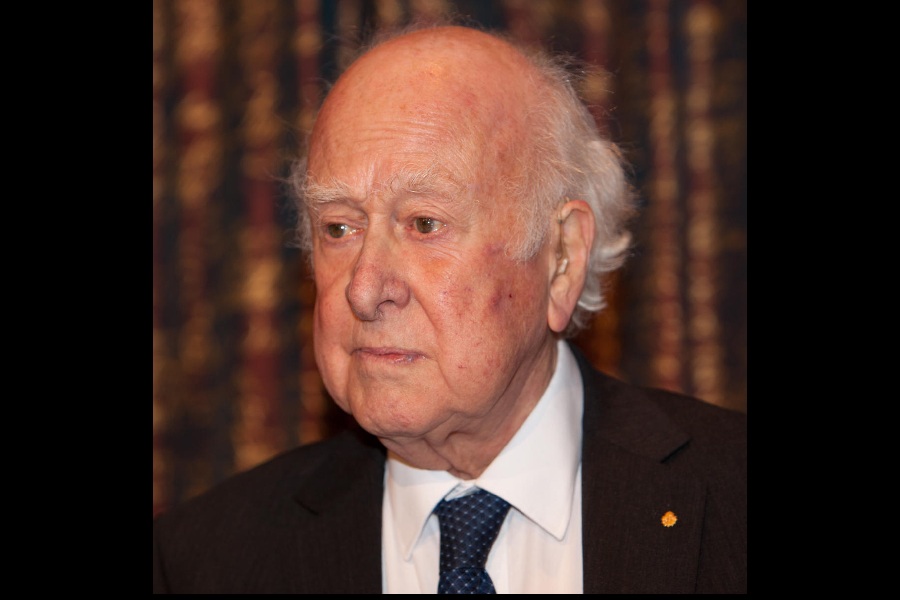Peter Higgs, who predicted the existence of a new particle that came to be named after him (as well as God) and sparked a half-century, worldwide, billion-dollar search for it culminating in champagne in 2012 and a Nobel Prize a year later, died on Monday. He was 94.
His death was announced by the University of Edinburgh, where he was an emeritus professor. No further details were provided. Dr Higgs was a 35-year-old assistant professor at the university in 1964 when he suggested the existence of a new particle that would explain how other particles acquire mass.
The Higgs boson, also known as “the God particle”, would become the keystone of a suite of theories known as the Standard Model, which encapsulated all human knowledge so far about elementary particles and the forces by which they shaped nature and the universe.
Dr Higgs was a modest man who eschewed the trappings of fame and preferred the outdoors. He didn’t own a television or use email or a cellphone. For years he relied on a colleague, Alan Walker, a physics professor at Edinburgh, to act as his “digital seeing-eye dog”, in the words of a former student.
A half-century later, on July 4, 2012, he received a standing ovation as he walked into a lecture hall at the European Organisation for Nuclear Research, or CERN, in Geneva and heard that his particle had finally been found. On a webcast from the laboratory, the whole world watched him pull out a handkerchief and wipe away a tear.
“It’s really an incredible thing that it’s happened in my lifetime,” he said on the webcast.
Declining to stick around for the after-parties, Dr Higgs flew right back home, celebrating on the plane with a can of London Pride beer. CERN, which has shelves of empty Champagne bottles commemorating great moments lining its control room, asked if it could have the can, but Dr Higgs had already thrown it away.
At a basic level, Higgs’s theory belongs to a fundamental and puzzling question: Where does the mass of the universe come from? Using the known rules of physics, from electromagnetism to quantum mechanics, Higgs raised the possibility of an unstable subatomic particle that, through a series of fizzing interactions, could lend mass to other particles. He predicted this particle would be a boson — a notably massive subatomic particle that helps hold matter together — and that it would exist in an energy field that enabled the interactions. Higgs suggested a path to confirming the existence of the boson and the eventual measurement of its decay products. In doing so, Frank Close writes, the theory issued a subtle challenge: “Is this just a clever piece of mathematics or does nature really work this way?”
Close uses that question as a launching point in his book, ELUSIVE: How Peter Higgs Solved the Mystery of Mass, taking the reader through much of the history of particle physics and introducing the key players, the insights by others in the field who moved the ideas forward and the eventual decision to build a machine in Switzerland — the Large Hadron Collider — to test the possibilities. The LHC would find confirmation for the boson’s decay products in 2012. Close brings to this story an insider’s knowledge and a combat-ready willingness to defend Higgs against his occasional critics.
In other words, this is a very human telling of the ways that we’ve figured out at least some of the mysteries of our universe. “What does the discovery reveal about the cosmos and our place in the universe?” Close wonders.
New York Times News Service










